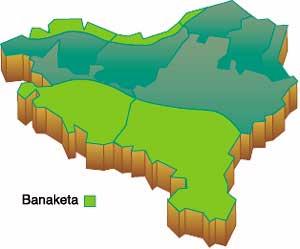Intimate friend of the Sun... Betizu yellow

The most representative species within this genus is undoubtedly the yellow betizu that occupies us on this occasion. About 20 species are known. Three of them are in the Basque Country, one of African origin (called H. orbiculare).

Yellow betizu is a herbaceous or kills with wood stems. It can reach 0.5 meters in height, is erect or decurrent and very aromatic when rubbing the leaves. On the edge they are usually revolvers, coated with white tomato and “narrow”. The flower is an inflorescence of 5-15 chapters, of intense and bright yellow color. The name of this plant indicates that it is very difficult to wrinkle. It is usually ovoid and illegal and sometimes has hair on the foot. It flowers between May and August.
The fruit (acenium) is dark brown, sometimes with numerous white glands and generally bright.
This plant is distributed in the Mediterranean slope and in the west of Europe, especially in the alternative bushes to the holm oaks, espadrilles and quejigales, as well as in the oaks, dunes and sandy. It usually lives in dry and stony areas. Therefore, it is distributed in many areas of the Basque Country, with altitudes between 0 and 900 meters.
The yellow betizu has been considered an indicator of “sustainability” and “loyalty” and has been crowned with its flowers. It has also been used as medicinal herb for the manufacture of gargles as antiseptic and disinfectant. Also rubbing to cure ear pain. They say the flowers are diuretic and febrifuge.
Family: compounds |





